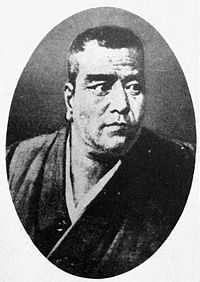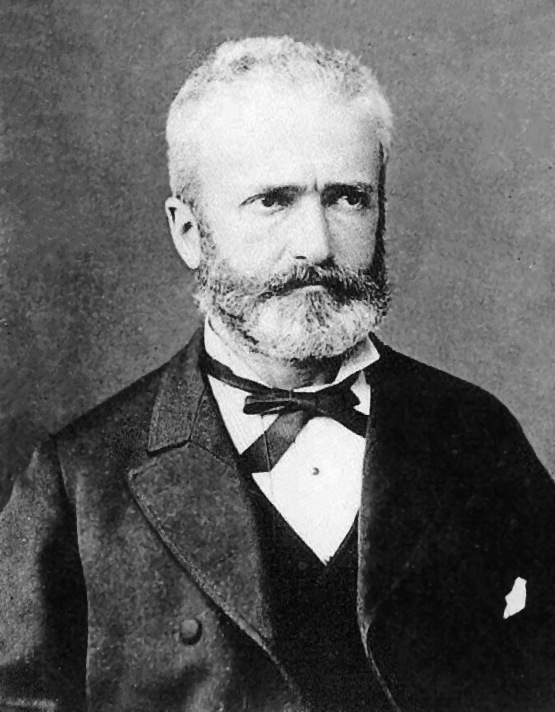 |
| Saigo Takamori, by Chiossone |
Edoardo Chiossone was a painter from Italy. He was also a woodblock artist. His name is not famous in Japan. However his works are popular even though over 100 years have passed since he died.
 |
| The Meiji Emperor, by Chiossone |
Also, Chiossone helped manufacture of paper money in Japan as one of the hired foreigners. Japan established the way to make paper money themselves.
 |
| Edoardo Chiossone |
Dondorf-Naumann Company was a large company of printing in Germany. In Japan, they had no mass production method of making paper money in this period. Therefore, Japanese government ordered Dondorf-Naumann Company to make Japanese new paper money. Dondorf-Naumann Company printed Meiji-Tsuho and sent it to Japan.
 |
| Meiji-Tsuho banknote made by Dondorf-Naumann company |
In 1875, Chiossone came to Japan as a hired foreigner. Okuma Shigenobu invited him. Chiossone introduced several kinds of methods, ways of drawing, and printing. Also, he drew new Japanese paper money design. Japan succeeded in the mass production of paper money. In addition, Chiossone’s work was detailed, so it was impossible to make counterfeit bills.
Chiossone painted not only Japanese paper money, but some portraits. According to above-mentioned explanation, Chiossone drew the portraits of famous people like Meiji Emperor, Saigo Takamori and Kimura Masujiro. He also drew more than 500 national bonds, stamps and securities. A lot of Japanese young people were taught many kinds of artistic techniques by Chiossone.
In 1891, he retired his job in Japan and received 3000 yen as his retirement money. He didn’t go back to his mother country. In his later years, he bought and collected a lot of Japanese art objects. He was interested in Japanese arts. In 1898, Chiossone died in Kouji-machi, Tokyo. After his death, his house was made into a museum.
The techniques which Chiossone introduced to Japan proved to be useful. Even though over 100 years has passed since he died, these artistic techniques help making contemporary bills. Chiossone contributed to Japanese development greatly.
He was one of Oyatoi-Gaikokujin, hired foreigners. In my opinion, Chiossone was also one of the most familiar foreigners to Japan. The reason why he has died in Japan, didn’t go back to his mother country. Also he loved and collected Japanese arts. Therefore, he contributed Japanese great development. He was one of the heroes in this period.
Reference List
Donatella Failla/January 11th, 2013/Connecting
Europe and Meiji Japan : Edoardo Chiossone and Japanese Art/International House
of Japan http://www.i-house.or.jp/eng/programs/japanihj20130111/
Hired Foreigners in Meiji period http://www.photo-make.jp/hm_2/ma_21.html



